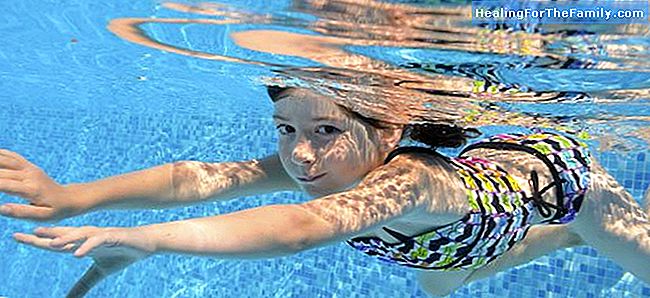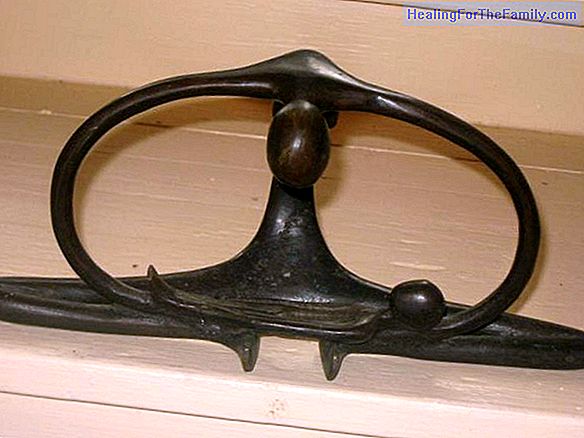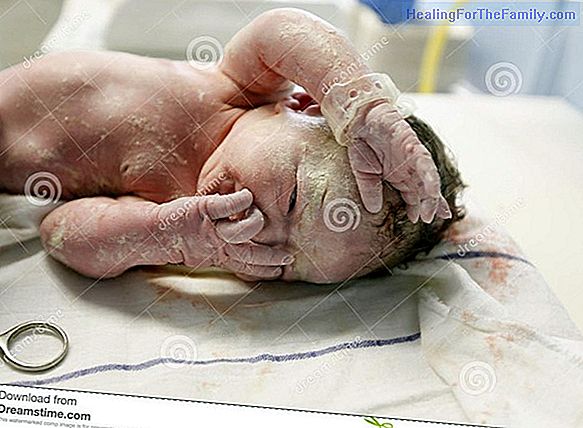Fracture in green stem in children
Imagine one of those reeds that grow on the banks of rivers. Surely, as a child, you yourself have played to bend the stem of one of those reeds. To what it is difficult to break it, but very easy to deform it? If it breaks, it does so only on one side: the other remains intact. For something like t
Imagine one of those reeds that grow on the banks of rivers. Surely, as a child, you yourself have played to bend the stem of one of those reeds. To what it is difficult to break it, but very easy to deform it? If it breaks, it does so only on one side: the other remains intact. For something like this is what happens to young children when they suffer a fracture "on a green stem". Hence its name.
Questions and answers about green stem fracture in children

What is the green stem fracture?
It is a type of incomplete fracture that usually affects the middle part of the long bones of children. We call this central portion "diaphysis". The bones that are most affected by this type of fracture are those of the forearm; that is, the radius and the ulna.
Causes of green stem fracture in children
The periosteum is a membrane that lines the bones. In the fracture in green stem that membrane is broken, as well as one side of the cortex (the cortex is "the hard part" of the bone). The side of the cortex that tends to fracture is the convex part, while the concave part bulges out.
Symptoms of this fracture in childhood
The most common symptom is pain. In addition to this, functional impotence will appear; that is, the difficulty of movements. In turn, the affected area swells and, on occasion, deforms.
Diagnosis of green stem fracture
The diagnosis will be established by clinical and exploratory findings, and will be complemented by an x-ray.
What is the treatment to follow in children
Treatment includes:
- Pain management, with ibuprofen / oral paracetamol.
- Relative rest for 1-2 weeks.
- Immobilization with plaster or splint for 1-2 weeks.
- If the fracture is very displaced, surgery is needed to properly align the bone.
Differences between plaster and splint
A cast is a plaster device that hugs and completely covers the affected limb. A splint is a special bandage that carries a plaster reinforcement at 50% of the circumference of the limb.












